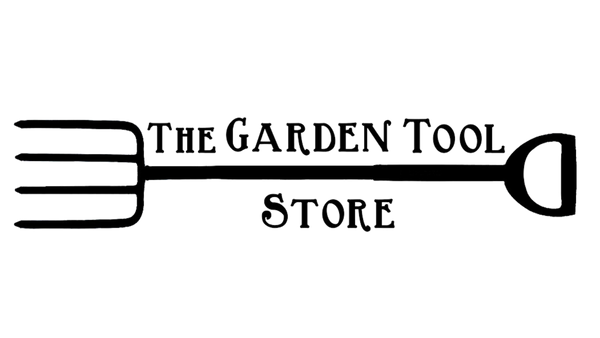FAQ's
How to choose the size of the snath:
Measure the distance between the ground and the knob on your wrist, when you are standing upright in a relaxed position.facing straight ahead. Good to get help with this to get an accurate result.
Short: 150 cms - suitable for those with ground to wrist measurement 690-850 mm
Medium: 160 cms - suitable for those with the ground to wrist measurement 800-930mm
Long: 170 cms - suitable for those who have the ground to wrist measurement 880-1040mm (+$40)
Very short: 130 cm - for those smaller than the 150 snath. (+$40)
How to choose the blade:
There are 2 main considerations when choosing the correct blade.
a. the work the blade is to do and
b. the terrain it will be working on
The blade options:
The Grass Blades- Red, Black and Green are all for vegetation which is usually up to one year old. It is still green, not woody. These blades are wonderful for flat land and gently sloping land.
- Black Blade is the blade of choice in Austria, where they have been scything for centuries. It is fabulous to use on flat ground- like a lawn, where you want the grass short. With a Black blade you can cut grass very short- even when someone has been through with a mower! We have them in 40, 65 and 75cm
- Green (Orchard/Garden) Blade has a turned up tip and is suitable for land that isn't entirely flat. Doesn't cut the grass as short as the black blade.
- Red Blade is another lovely blade to use, (but not by beginners). It is the lightest blade in our range. It is more curved than the black blade and is also most suitable for flat land. We have these in 65, 75 & 85 cms
We have found that once the grass has been cut with one of the bush blades (as we do not know in long grass where the hazards are - bricks, rocks, logs fences and wire) then keeping the grass down is easy and delightful with a grass blade
Red Bush Blade (50cms) - can handle woody vegetation like blackberry.
They are maintained with the whetstones- mainly the medium one and sometimes the course one. They are great at restoring those areas which have been neglected (often because you have not had the right equipment). They are wonderful for blackberries, bracken, gorse, thistles etc. The woodier the plant the shorter you want the blade- or you run the risk of putting too much force on the ring clamp and bending it.
Red Discovery (not for beginners) is a wonderful blade but it is not a suitable blade to learn scything on. Its good to use, once you know how to scythe, for area that has been neglected, where you are not sure if there are rocks, wire, stumps etc. under the long grass. It is a blade maintained by a whetstone or a file, not peened. It can be easily fixed if damaged. It is 66cms long. It is also cheaper than the other blades
